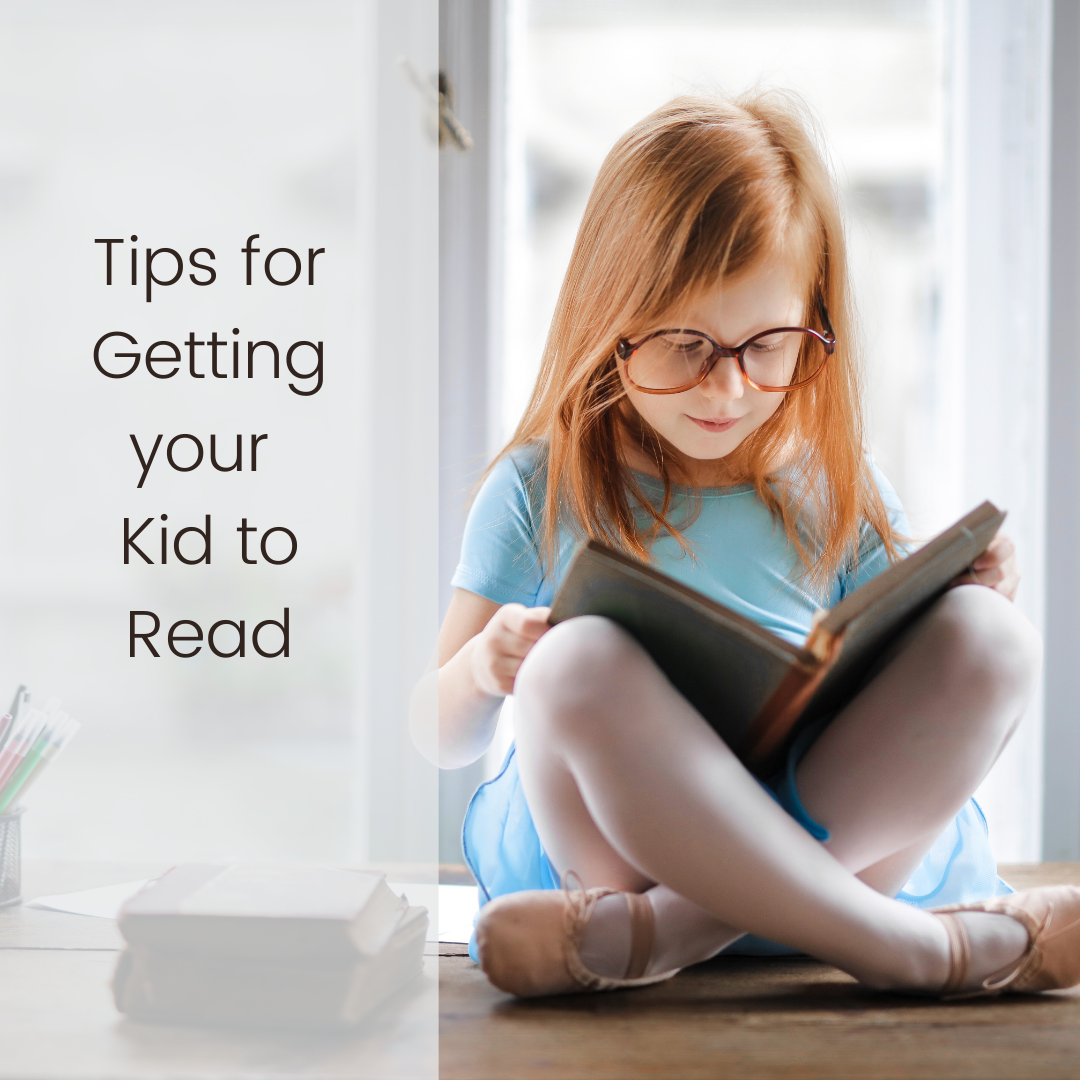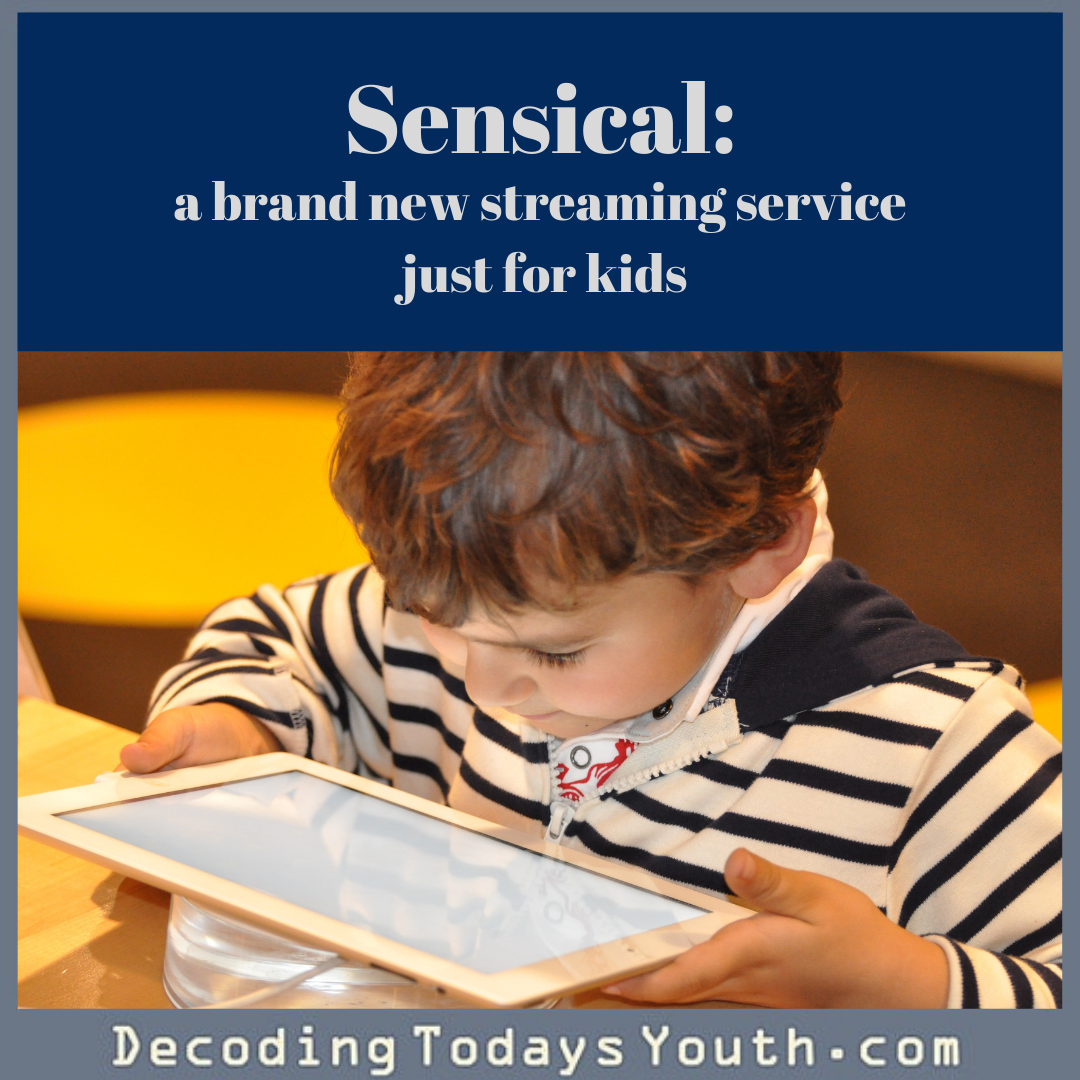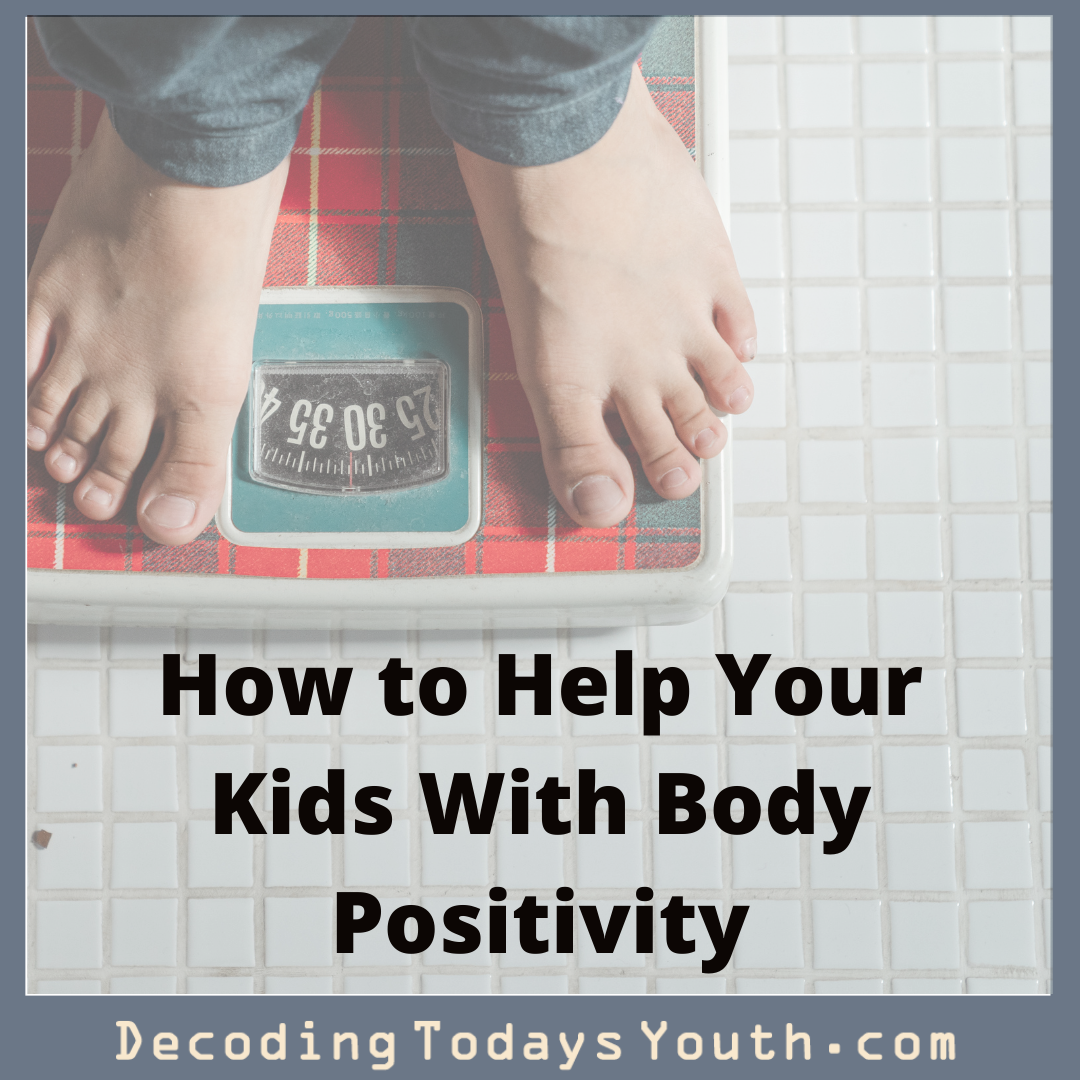
As a future English teacher, and an avid reader myself, I know just how vital it is to develop a love for reading in students at a young age. Ever since I was little, I was reading everything I saw – books, magazines, billboards, even the labels on canned goods in the pantry. This excitement I hold about reading has stemmed from when I was a young girl and my parents encouraged me to read every day.
Child development researchers note that parents play a crucial role in their child’s literacy and speech development, before, during, and after children start “formal” schooling. These skills can be developed anywhere from encouraging your baby’s “babbles” all the way to introducing new vocabulary words to your toddler.
By following even one of the tips below, you will be able to foster reading in your child to create a lifelong reader.
Read to Them!
Read every day, even if it is only for five minutes. Whether you realize it or not, your child learns more vocabulary and speech skills every time they are read to. So, make reading with your littles a habit. Read before bedtime, when you wake up in the morning, after dinner, whenever Plus, this moment with your child is one filled with love and memories neither one of you will forget.
Read to Yourself!
It is just as important to work on your own reading skills as it is to encourage your children’s skills. Now, I don’t mean that you need to read novel after novel each week. Reading anything (i.e. books, magazines, newspapers, blogs, etc.) counts as reading! Through this practice, not only will you become a stronger reader, but your child will see you enjoying reading. After all, “monkey see, monkey do,” right?
Books, books, and more books!
Reading is so much fun but reading the same things over and over again can become boring. While re-reading is vital to the development of literacy skills (comprehension, vocabulary, patterns, etc…), it may start to bore your child once the story is ingrained in their minds. Therefore, have as many types and quantities of reading materials that you can. If constantly buying new books is not in your family budget, take a trip to the local library.
It is also important to remember that as your children grow and their reading levels advance, so do their reading abilities. Keep a collection of reading material that spans a few different reading levels so that you child has many different options.
Keep Up with the Times
Growing up with very little technology, it is hard for us to imagine that electronics can be used to read. There are multiple educational apps (i.e. ABCmouse, YouTube Kids, PBS KIDS games, etc.) that have games and videos that promote learning and reading. This is a great way to promote and foster that learning and reading in children, especially on the go.
These are just a few suggestions and ideas on how to foster reading in your children. For more information, check out the following links!
https://theconversation.com/parents-play-a-key-role-in-fostering-childrens-love-of-reading-121089
https://masandpas.com/14-ways-to-foster-a-lifelong-love-of-reading-for-your-child/





